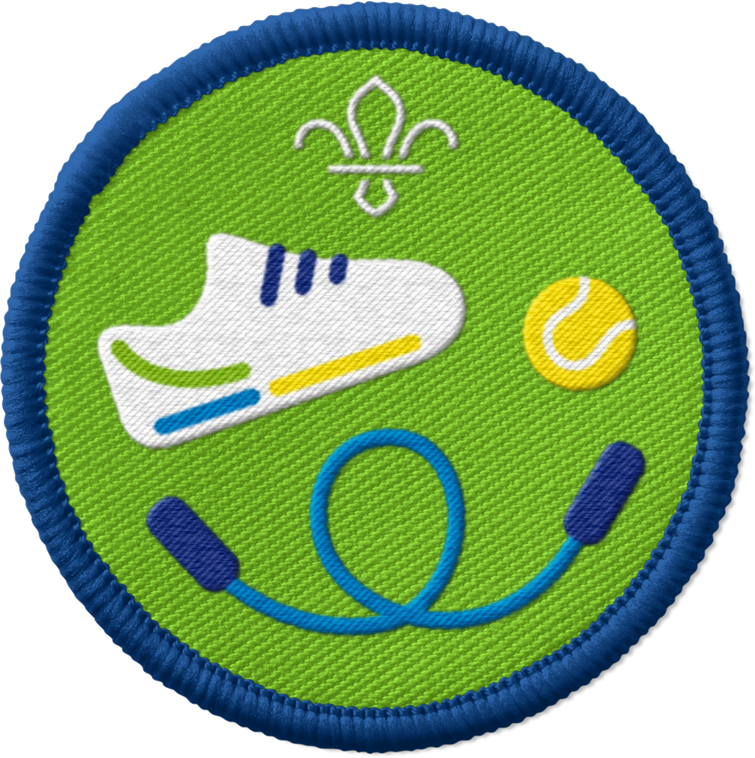
Noughts and crosses
You’ll need
- Natural materials (for example, leaves, twigs, feathers)
Before you begin
- Decide whether you’ll go outside to search for natural materials or whether you’ll hide them around an indoor space for people to find.
- If you want to search for natural materials, you could use some woodland, a park, a garden, or any other suitable outdoor space.
Story time
- Everyone should sit in a circle.
- Someone should read Bernie the panda below.
- After reading the story, everyone should take some time to reflect on it as a group.
Once upon a time there lived a panda called Bernie.
Bernie was a very big panda. She had black and white fur, a big belly, sparkling eyes and a shiny nose. Bernie lived far away in the mountains.
One day, Bernie was feeling bored, so she went into the mountains to play a game with her family. Her daddy said, ‘Let’s do a vote to decide on which game we’ll play.’
They decided to play a game of noughts and crosses, but couldn’t find the game anywhere. Does anyone know what game that is? Let’s go and find the game!
Noughts and Crosses
- Everyone should search for two long twigs. They should also try to find five or six similar items to use as counters in the game.
- Everyone should get into pairs.
- Each pair should use their four twigs to make a simple three by three grid on the floor.
- Now it’s time to play! The people in each pair should take it in turns to put one of their counters in a space on the grid. The aim of the game is to be the first to get three of the same thing into an uninterrupted row.
- Everyone should keep taking it in turns to place an object into one of the spaces on the grid until someone wins or there’s a draw. Is there time for a rematch?
Reflection
As part of this activity, young people will learn to value the outdoors and enhance their problem-solving skills. It will give them an opportunity to be imaginative by exploring and using different materials to create their games.
This game encouraged everyone to value the outdoors and problem solve to be the first to make a row in the game. Everyone got the chance to explore and use different materials to create their games.
After playing this game, encourage everyone to think about:
- How did they feel looking for things outside to play the game? Was it easy to spot several of the same thing?
- Was it difficult to work where to put the items on the grid?
- Ask everyone to share one thing they enjoyed about the game.
Safety
All activities must be safely managed. You must complete a thorough risk assessment and take appropriate steps to reduce risk. Use the safety checklist to help you plan and risk assess your activity. Always get approval for the activity, and have suitable supervision and an InTouch process.
- Outdoor activities
You must have permission to use the location. Always check the weather forecast, and inform parents and carers of any change in venue.
- Visits away from your meeting place
Complete a thorough risk assessment and include hazards, such as roads, woodland, plants, animals, and bodies of water (for example, rivers, ponds, lakes, and seas). You’ll probably need more adult helpers than usual. Your risk assessment should include how many adults you need. The young people to adult ratios are a minimum requirement. When you do your risk assessment, you might decide that you need more adults than the ratio specifies. Think about extra equipment that you may need to take with you, such as high visibility clothing, a first aid kit, water, and waterproofs. Throughout the activity, watch out for changes in the weather and do regular headcounts.
Make it accessible
All Scout activities should be inclusive and accessible.
Each young person could take their game home to play with family and friends.
